Universities are a whole new world for most people since it transforms their lives through education and also helps them develop their skills for a better future.
Education is indeed a necessary condition to prepare someone for life and work. Not to mention, it is the main means of communication and the basis of the development of civilization. Students acquire systematic knowledge, skills, and abilities. They also master the spiritual wealth of humanity and then transfer it to other generations.
The development of Armenian Universities started in the medieval period. Moreover, medieval Armenia had ‘high’ schools, some of which were also called universities.
Philosophy, logic, grammar, poetics, history, humanity. mathematics, theology, dialectology, music, painting, the art of writing were being taught. Eventually, after the establishment of the Soviet Union in Armenia in 1920, Yerevan University, at last, appeared.
Medieval Armenian Universities had art institutions and three high education institutions with the law, medical and also theological faculties.
At the art institution, the seven liberal arts (grammar, logic, rhetoric, arithmetic, geometry, music and astronomy) have been taught in Latin. In addition, at the high education institution, students were able to get Masters and Ph.D. degrees.
ARMENIAN UNIVERSITIES
the source of the following information: yerevan.am
NUMBER 10 — National Agricultural (Agrarian) University of Armenia
The National Agrarian University of Armenia (former State Agrarian University of Armenia) formed in 1994, is by far one of the largest universities in the country. It is also the only higher education institution in the agrarian sector.
The educational system of the university includes 7 faculties of daytime education:
- Agronomic
- Food technology
- Economics
- Veterinary medicine and animal husbandry
- Agricultural mechanization and automobile transport
- Hydromelioration, land management, and land cadaster
- Agribusiness and marketing
The governing bodies are the Board of Trustees, the Scientific Council together with the Rectorate. The self-governing bodies are the Student Council, the Student Scientific Society, the Trade Union Organization and also the Alumni Association.
ANAU cooperates with Agrarian Universities and Organizations of the CIS countries, a number of European universities and American (Fresno) Universities.
The collaboration with the Texas Agriculture and Mechanization (A & M) University, in particular, resulted in the creation of the Armenian-American Joint Agribusiness Training Center (TEC).
The University continues to collaborate with a number of authoritative universities and also international organizations, such as the International Science and Technology Center, the Netherlands International Center for Applied Research. North Atlantic Alliance (“Science for Peace”), Estonia Agricultural Research Center, Biodiversity International Organization (Rome), UN Food and Agriculture Organization (FAO), Dry Areas International Center for Agricultural Research (ICARDA) and others.
Website of the university: ANAU
NUMBER 9 — Armenian State University of Economics
The Cooperative-Economic Institute was founded in 1930. Moreover, the university had several formation stages. It was once a part of the Yerevan State University, existing as a Faculty of Economics for 45 years.
The second birth or, in other words, the modern history of the economic self-development university in Armenia, however, began in 1975, Aug 6, when the Yerevan Institute of National Economy was formed. Eventually, in 2006 it became “Armenian State University of Economics”.
There is bachelors degree in the University (since 2005 also distance education), and starting from 2004 – a master’s degree (since 2009 also distance education). Bachelor’s, master’s and post-graduate education, as well as the application, is carried out by the credit system.
Currently, there are the following faculties:
- Management
- Informatics and Statistics
- Finance
- Economic Regulation and International Economic Relations
- Marketing and Business Management:
- Accounting and Auditing
What’s more, there is an electronic library in ASUE. By visiting the electronic library, you can freely search for e-catalogs and read e-books available on the ASUE site. Here is the link. ASUE also has branches in Gyumri and Yeghegnadzor
Website of the university: ASUE
NUMBER 8 — National Polytechnic University of Armenia
The university was founded on the basis of the Yerevan State University’s Architecture and Construction and Chemical Engineering Departments, with only 107 students.
Eventually, during 1980-1985, the university, however, became one of the largest higher educational institutions in Armenia. It was also one of the leading engineering schools in the Soviet Union, with over 25,000 students and also more than 66 professions.
In 1991, November 29, Yerevan Polytechnic Institute was renamed the State Engineering University of Armenia (SEUA). In the end, by the decision of the RA Government, the traditional name “Polytechnic” was returned to the university.
- Chemical Technology and Environmental Engineering
- Electrical Engineering
- Mechanical Engineering
- Cybernetics
- Power Engineering
- Radio Engineering and Communication Systems
- Computer Systems and Informatics
- Applied Mathematics and Physics
- General Engineering and Metallurgy
- Transport Systems
- Distance learning
NUMBER 7 — Yerevan State Linguistic University
Yerevan State Linguistic University after Brusov was founded in 1935. The University has prepared about 30,000 specialists in Russian, English, French, German, Italian. Spanish, Psychology, History, Political Science, Geography, European Studies as well as other specialties.
Significantly, the university professors are the authors of many new school textbooks and manuals. The University, on the other hand, has a system of exchange and study of educational and scientific-research processes in Armenia and abroad as well. There are also educational programs special for foreign students.
- Foreign Languages
- Linguistics and Intercultural Communication
- Russian Language, Literature, and Foreign Languages
In addition, there are many intellectual, painting, and comedy clubs as well as theaters, student scientific companies, student monthly newspapers and other committees.
So far, the continuous cooperation with the European Union, Council of Europe and also CIS institutions dealing with linguistic and linguistic policies has strengthened international ties. In the same fashion, it provides opportunities for both internships and experience exchange abroad.
Website of the university: YSLU
NUMBER 6 — Yerevan State Medical University
According to the law approved on May 16, 1919, by the Council of Ministers, a university was founded in Yerevan. It had historical-linguistics, economics, medical and also physics-mathematical departments.
In 1930, on the basis of Yerevan State University Medical Faculty, a medical institute was established. In 1957, they also expanded the foreign students’ section for Diaspora Armenians. Also, the admission of the foreigners started. Furthermore, in 1989, the university was named after Mkhitar Heratsi. He was a renowned medieval doctor.
At the university, they teach in Armenian, Russian and also English, according to the agreement signed between the university and the student.
Faculties:
- General medical work
- Dental
- Pharmacological
- Military-medical
- Public health
Students of general medical work, military-medical, dental and pharmacy faculties specialize in an internship in order to gain the right to self-employment after basic education. The duration of the internship is 11 months. It is also carried out in “General Practice Physician”, “Dentist” and also “Pharmacist” professions according to relevant programs. In addition, graduates of state medical universities of other countries can also take an internship at YSMU.
Website of the university: YSMU
NUMBER 5 — Armenian State Pedagogical University
On November 7, 1922, the Pedagogical Institute was founded. Furthermore, in 1948, it was named after the great educator Khachatur Abovyan. In the first year of foundation, the institute had only 3 faculties, several dozen students together with lecturers. In 1957, by the way, a problematic psychology laboratory was set up at the university.
Today, though, the university has 10 faculties, also, over 50 departments. Together with the scientific advancement, the university is also preparing specialists not only for the Republic of Armenia but also for the Armenian educational institutions in Artsakh and the Diaspora.
Faculties:
- Philology
- History and Law
- Primary education
- Biology, Chemistry, and Geography
- Education Psychology, and Sociology
- Foreign Languages
- Mathematics, Physics, and Informatics
- Art еducation
- Special education
- Culture
The Armenian State Pedagogical University has a three-level educational system with relevant curricula and programs. Furthermore, ASPU is the main university preparing pedagogical cadres.
Website of the university: ASPU
NUMBER 4 — Vanadzor State University
In order to provide the northeastern regions of Armenia with pedagogical professors and, at the same time, organize their distance learning in Kirovakan, in 1969, the Ministerial Council decided to transfer the Yerevan Distance Pedagogical Institute to Kirovakan(Vanadzor). In addition, they also renamed it Kirovakan State Pedagogical Institute.
Today, the university uses a three-level system of education. What’s more, for the first time, admissions for the Bachelor and Master started in 2008 and postgraduate in 2006.
The university is in Lori Marz (province) of Armenia, in the city of Vanadzor.
Faculties:
- Pedagogy
- Physics-mathematical
- Historical-geographical
- Philological
- Biochemical
It’s important to note that over the past two decades, university graduates made up the most part of the university personnel. Today, there are 138 graduates that teach in the university. In addition, most of them are also Candidates of Sciences. Two of them, in addition, have a doctorate degree.
Over the past three years, serious financial investments have also been made to enrich the training base. There is also a modern research laboratory for graduation works in natural sciences. It is also useful for Master theses.
Website of the university: VSU
NUMBER 3 — Armenian-Russian (Slavonic) University
The Russian-Armenian (Slavonic) State University was established on August 21, 1997, on the basis of the “Establishment and Operation of the Russian-Armenian University in Yerevan” agreement signed between Armenia and the Russian Federation.
The education at Russian-Armenian State University (RAU) includes a two-level and also a one-level system.
Faculties:
- Journalism
- Foreign Languages and Regional Studies
- Philology
- Economics
- Medicine and Biology
- Political Science
- Psychology
- Applied Mathematics and Informatics
- Physics and Mathematics
- Jurisprudence
- Tourism and Advertising
In the first year of study, though, only 61 people studied in the University. Today, however, there are over 3,000 students in RAU.
As the rector of the university, Armen Darbinyan stated during the 20th anniversary,
“Over the past 20 years, we have become the best University of Armenia. RAU was founded by Armenia and Russia on the principles of equality. It is both Armenian-Russian and Russian-Armenian University. And we implement not only Russian but also Armenian educational programs. And we are the leaders in both spheres.”
Website of the university: RAU
NUMBER 2 — American University of Armenia
The American University of Armenia is eager to see outstanding academic achievement together with a high intellectual potential in the students. They also want to see that the students’ goals are in line with the AUA’s desire to train individuals who are, in their place, taking leadership positions in Armenia.
The choice of the students is made by taking into consideration the educational outcomes and work experience, as well as both personal and academic success.
Faculties:
- Business
- English & Communications
- Computer Science
- Engineering Sciences
- Data Science
- General education
- Minors
Moreover, the University is the only Armenian educational institution with its Western-style education style. It pays special attention to the need to provide high-quality teaching, research, and also service.
Website of the university: AUA
NUMBER 1 — Yerevan State University
One of the most important educational and cultural initiatives of each country has always been the establishment of universities. In this sense, the first Republic of Armenia was, in fact, no exception.
On May 16, 1919, the Council of Ministers of the Republic of Armenia made a decision to establish a university in Yerevan. Finally, on January 31, 1920, at the trade school of Alexandrapol (now Gyumri), the solemn opening ceremony of the University of Armenia was held with great joy. Both republic leaders and also numerous guests from abroad participated.
In the first academic year, however, the university had only one faculty – History and Linguistics. There were just 262 students together with 32 lecturers. From 1935 to 1936, though, eight faculties functioned at the University.
Especially during the 1960s – 1990s, the university developed and also achieved a lot of success. New faculties, new scientific laboratories together with an Armenian Studies Center were established.
In 1991, Yerevan State University had already 17 faculties together with 32 professions. In 1994 YSU Ijevan Branch was also founded. The branch, in addition, has 4 faculties, where about 1600 students are studying.
So far YSU has had more than 100,000 graduates. Moreover, there are currently around 20,000 students in the 19 faculties of the University. Of the more than 1,600 personnel, about 209 are professors, 601 – docents, 396 – assistants, also, 453 are lecturers.
Faculties:
- History
- Armenian Philology
- Russian Philology
- Chemistry
- Physics
- Biology
- Geography and Geology
- Economics and Management
- Mathematics and Mechanics
- Jurisprudence
- Oriental Studies
- Journalism
- Philosophy and Psychology
- Informatics and Applied Mathematics
- Radiophysics
- Sociology
- Roman and German Philology
- International Relations
- Theology
Yerevan State University provides high-quality educational services to ensure its graduates’ competitiveness in both local and also global labor market.
In order to resist challenges of time and to effectively carry out its educational mission, YSU constantly updates the range and also the content of its educational programs. Moreover, the university uses modern teaching and learning methods and also provides effective support to its students.
To ensure high-quality education, YSU now creates a system of internal quality assurance which, in its place, also meets European standards and guidelines.
The continuous improvement of the qualification of the teaching personnel is in the list of priorities of YSU, since it is the most important precondition for providing high-quality education.
Website of the university: YSU
Some people have a pretty solid idea of who they want to become. Also, what type of career they desire to have as an adult. So, for this kind of people, high education primarily serves as a means for gaining the skills, training, and also the knowledge necessary to achieve what they need.
Higher education, on the other hand, will also give individuals the chance to expand their knowledge and skills, express their thoughts more clearly in speech and in writing. Moreover, it will let you find a better job and earn a good amount of money.
Education, however, is not only a tool for making money, since it can be good for our hearts and souls too, and also help us figure out how we want to live. It has both its negative and positive sides. It has many benefits yet has its consequents as well, so do a good research before you make one of the most important choices of your life.


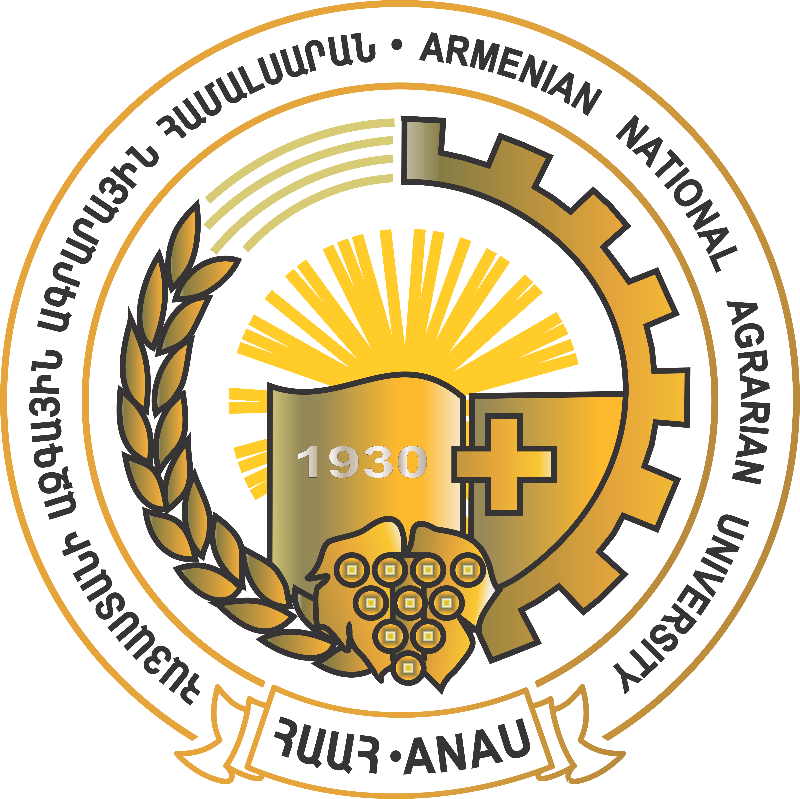







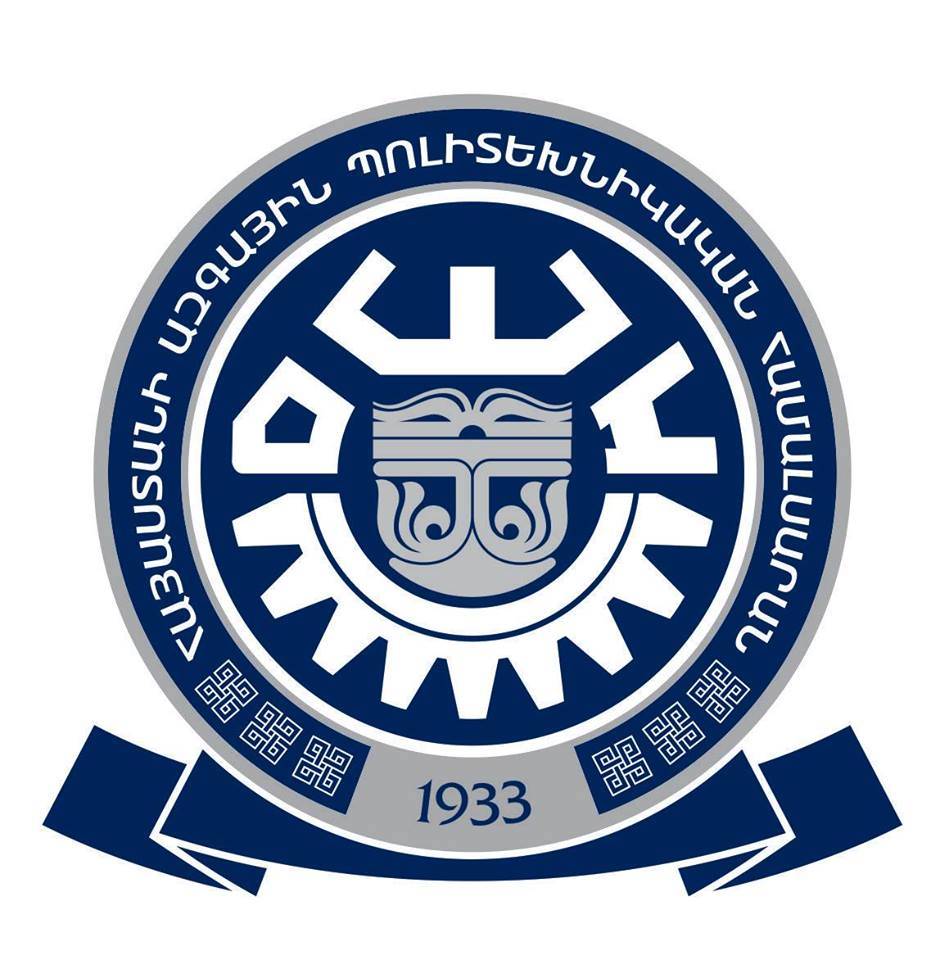



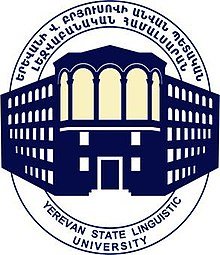











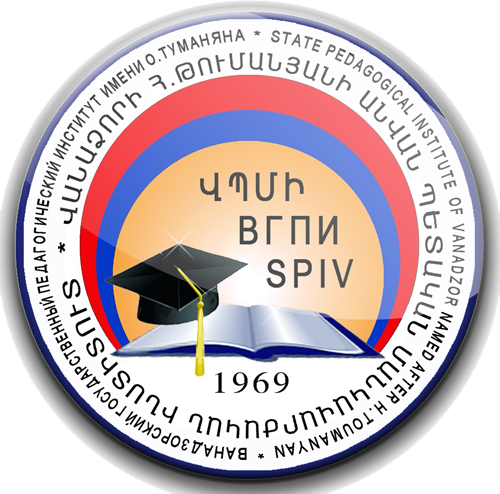






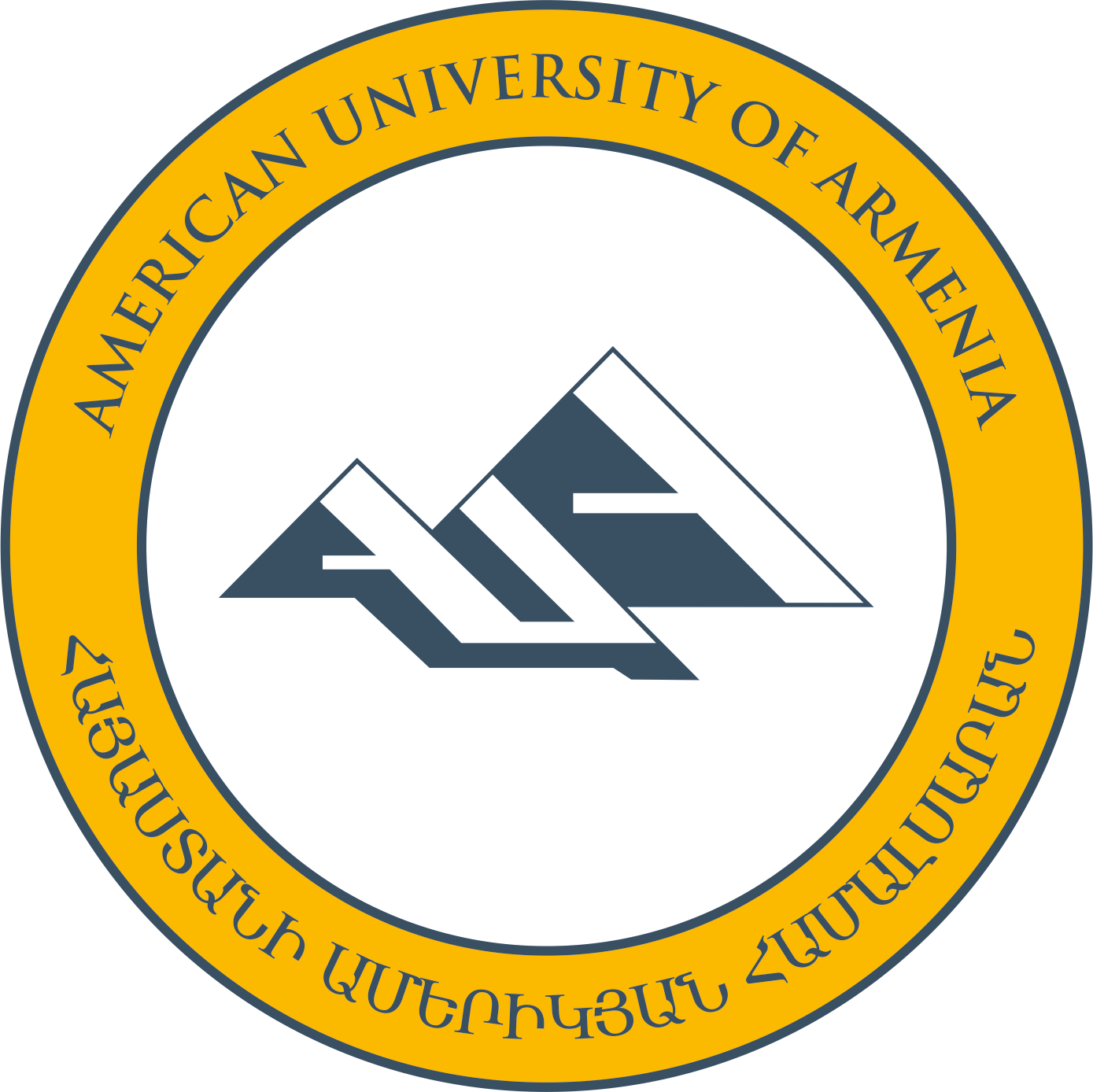



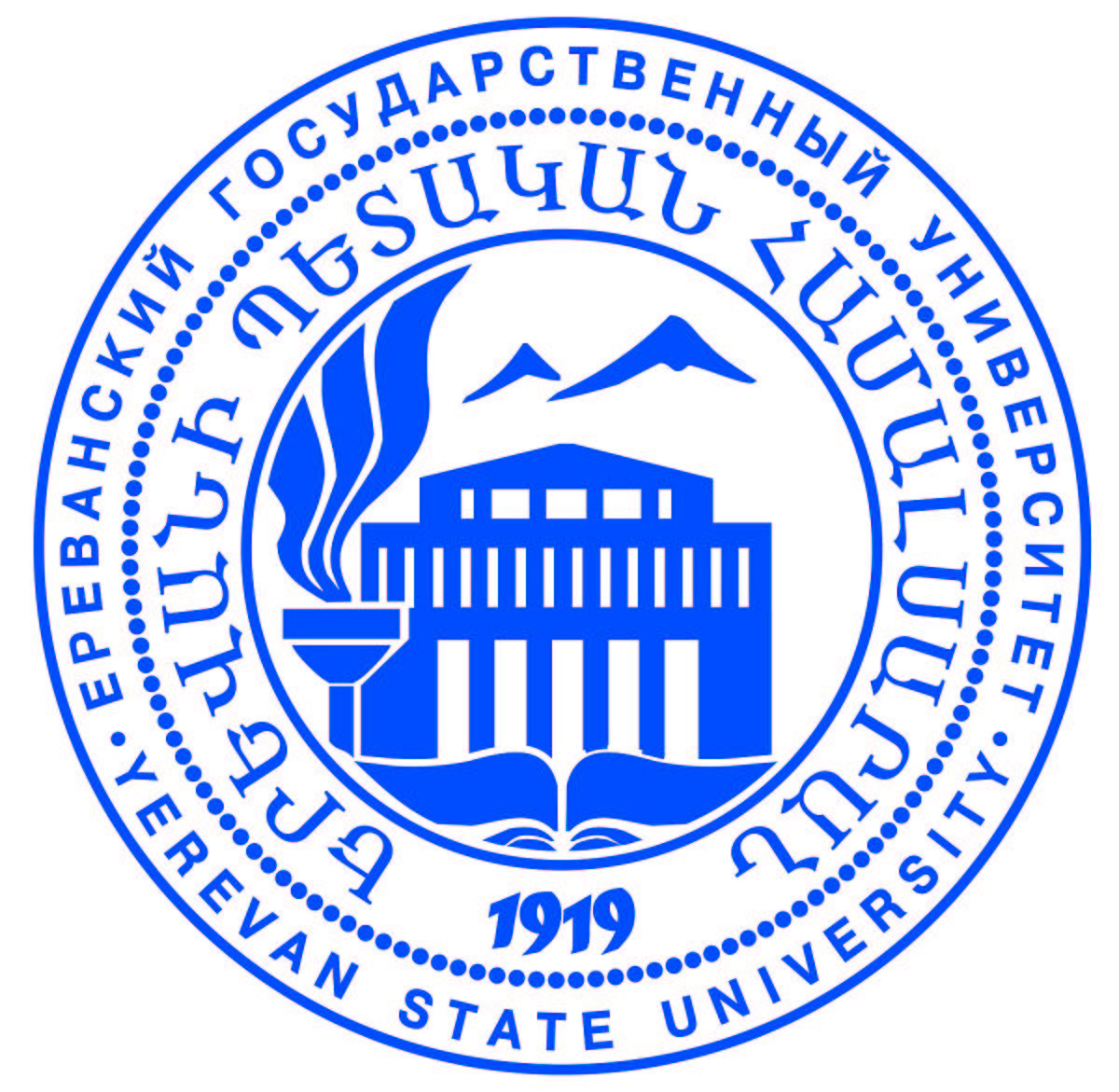







Leave a Comment